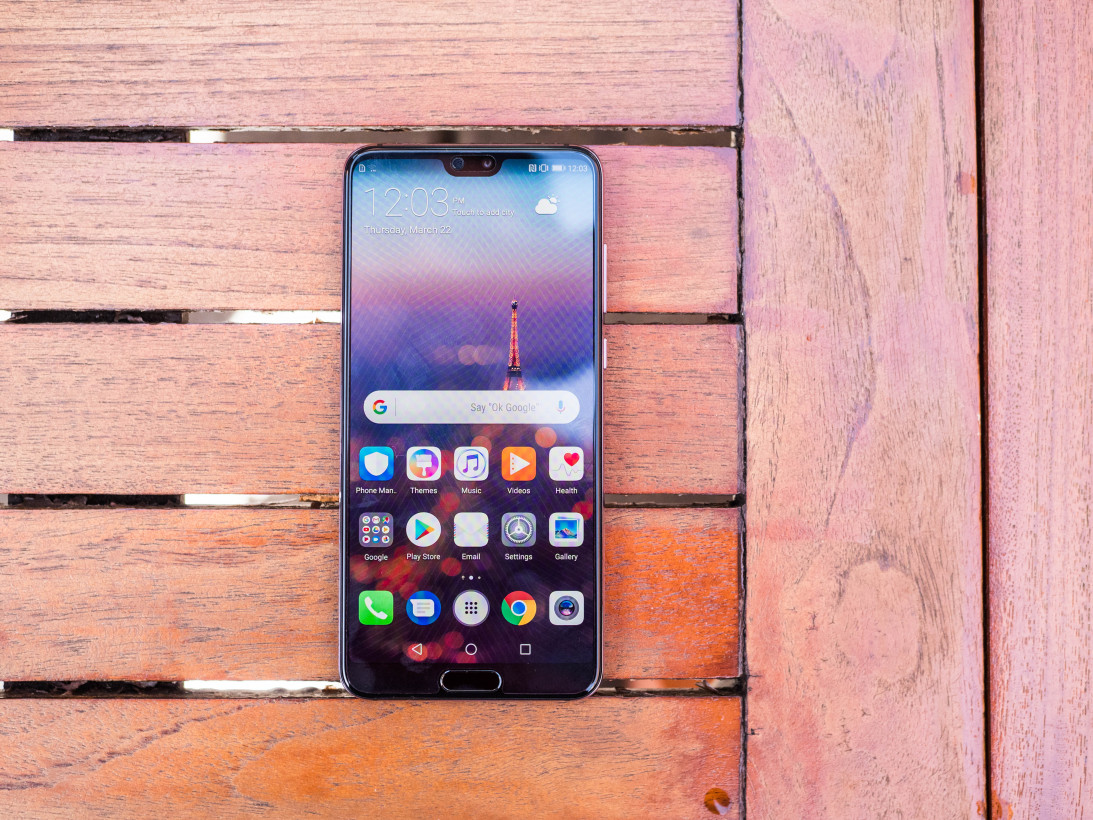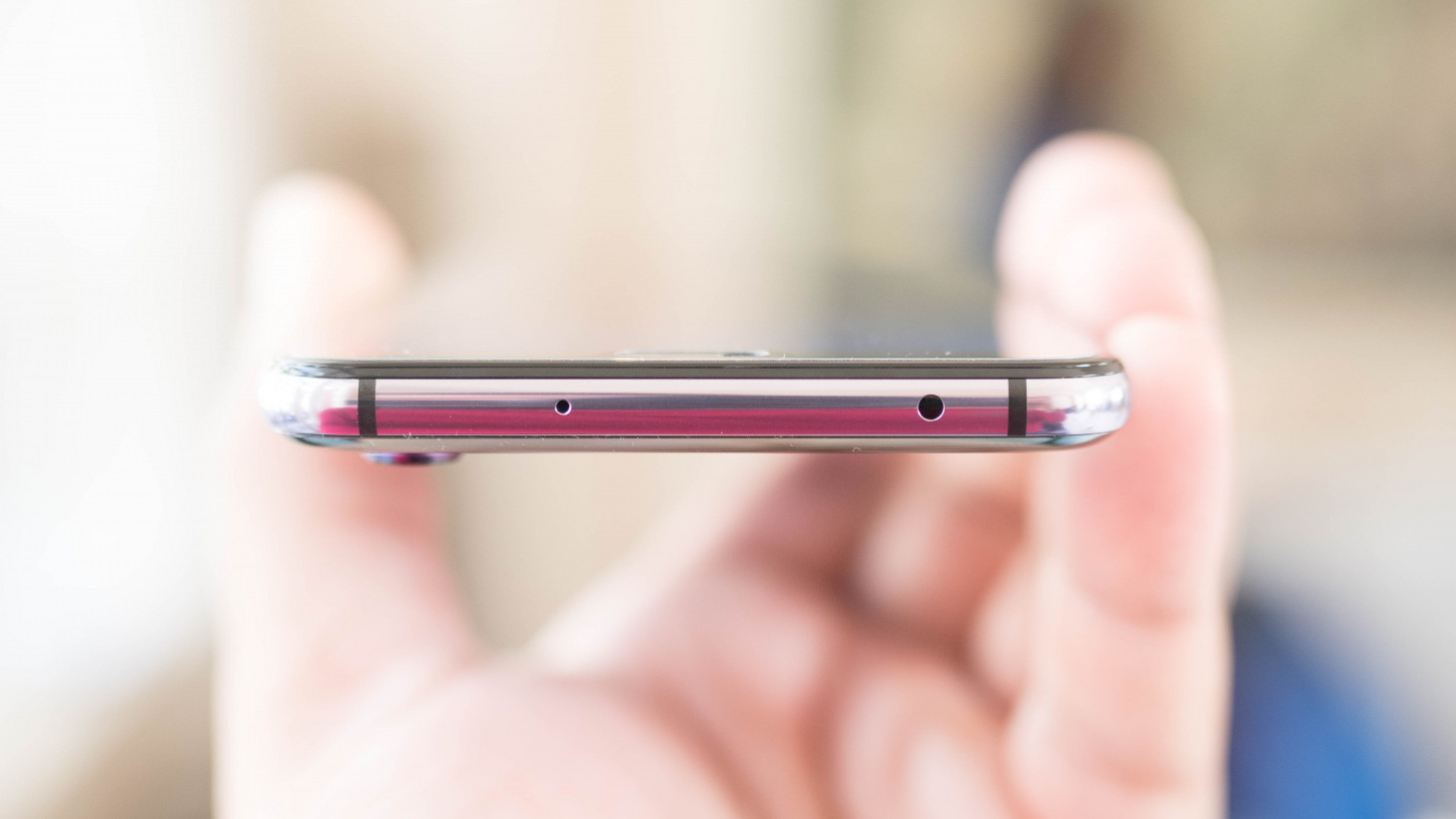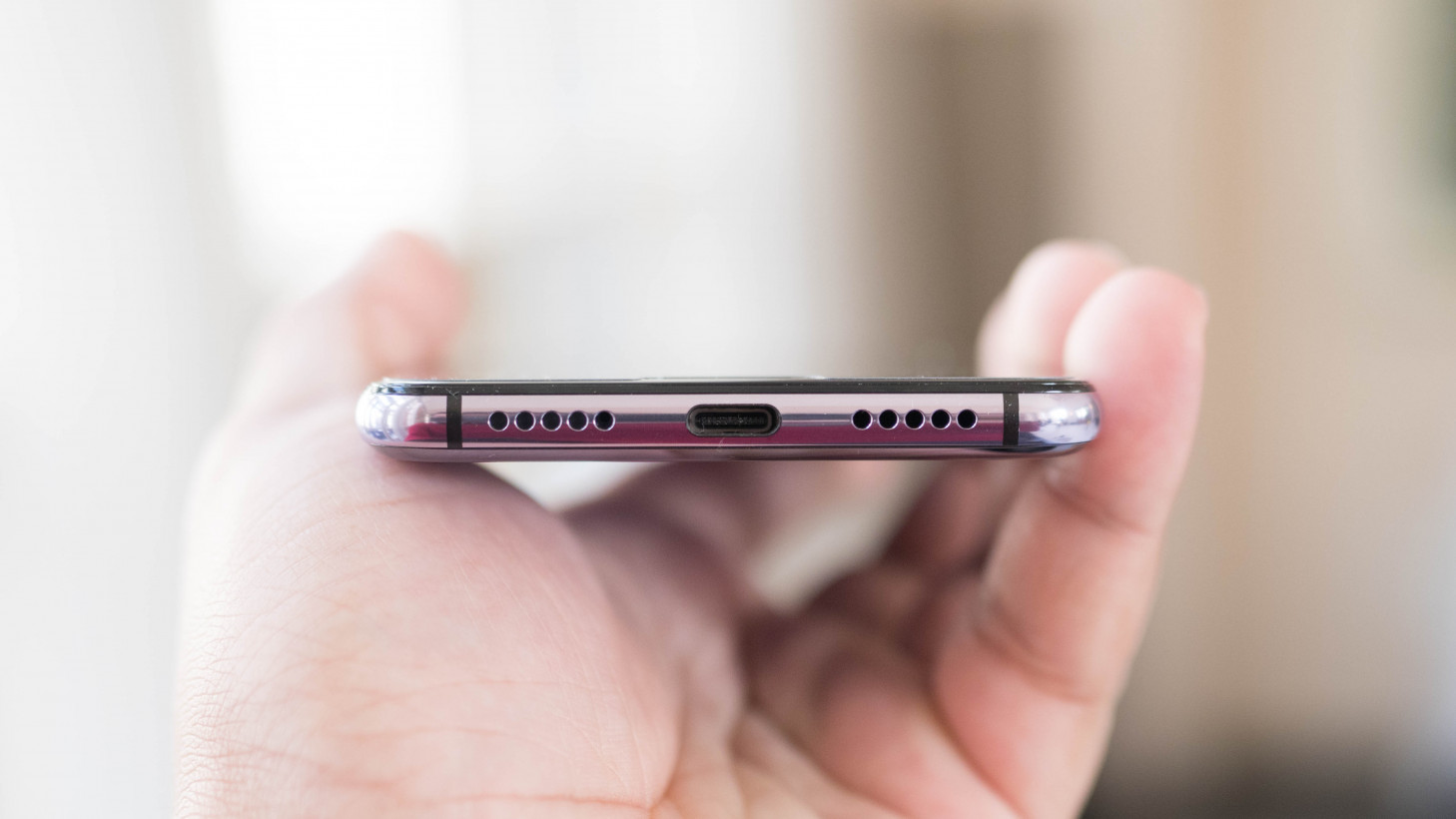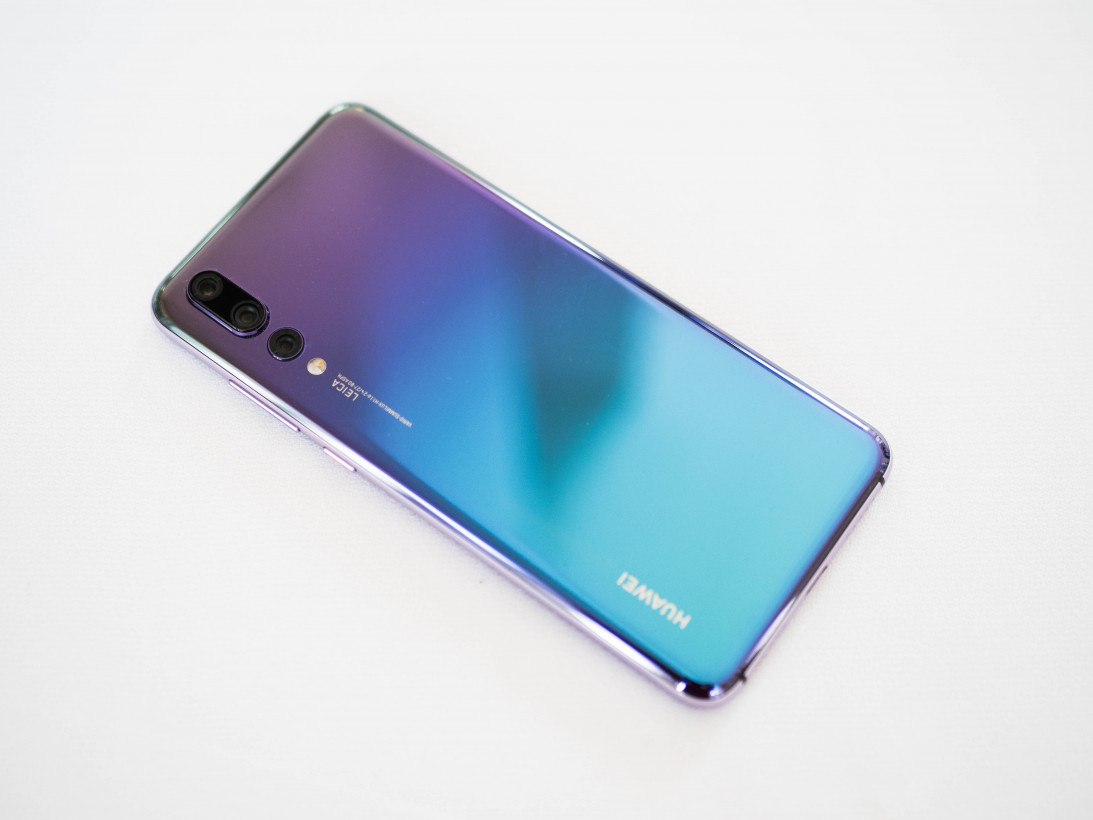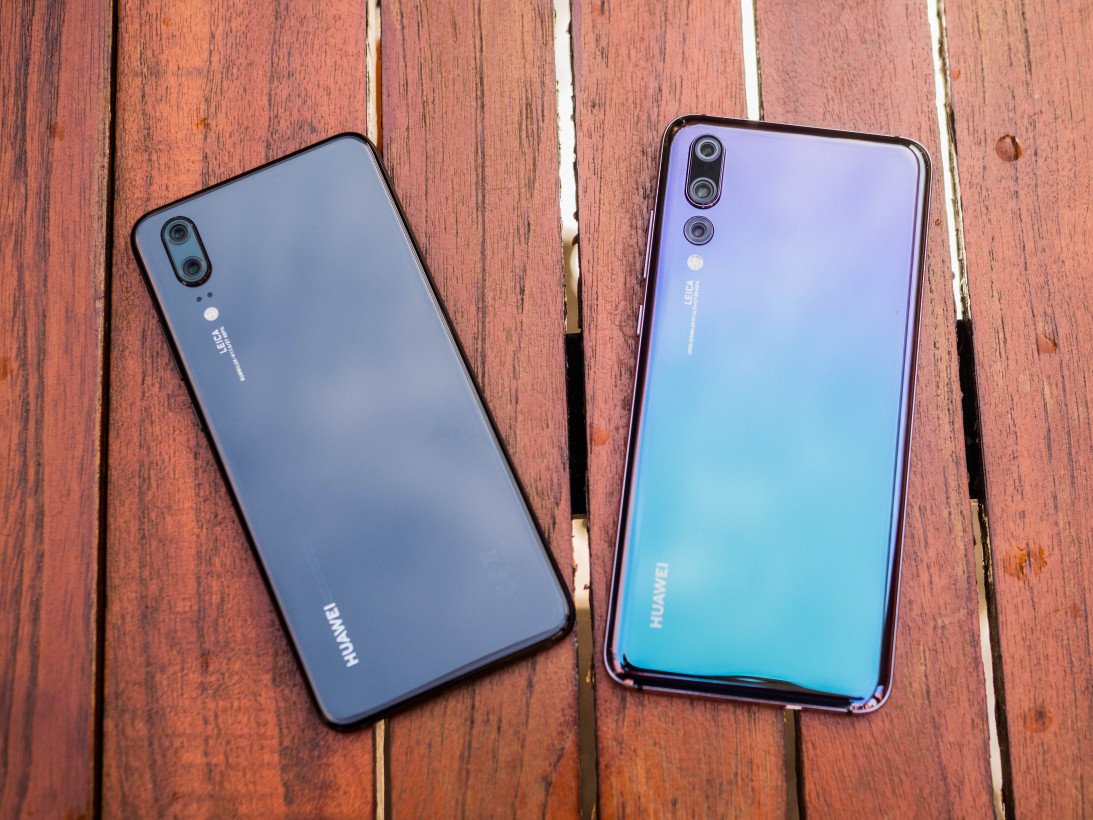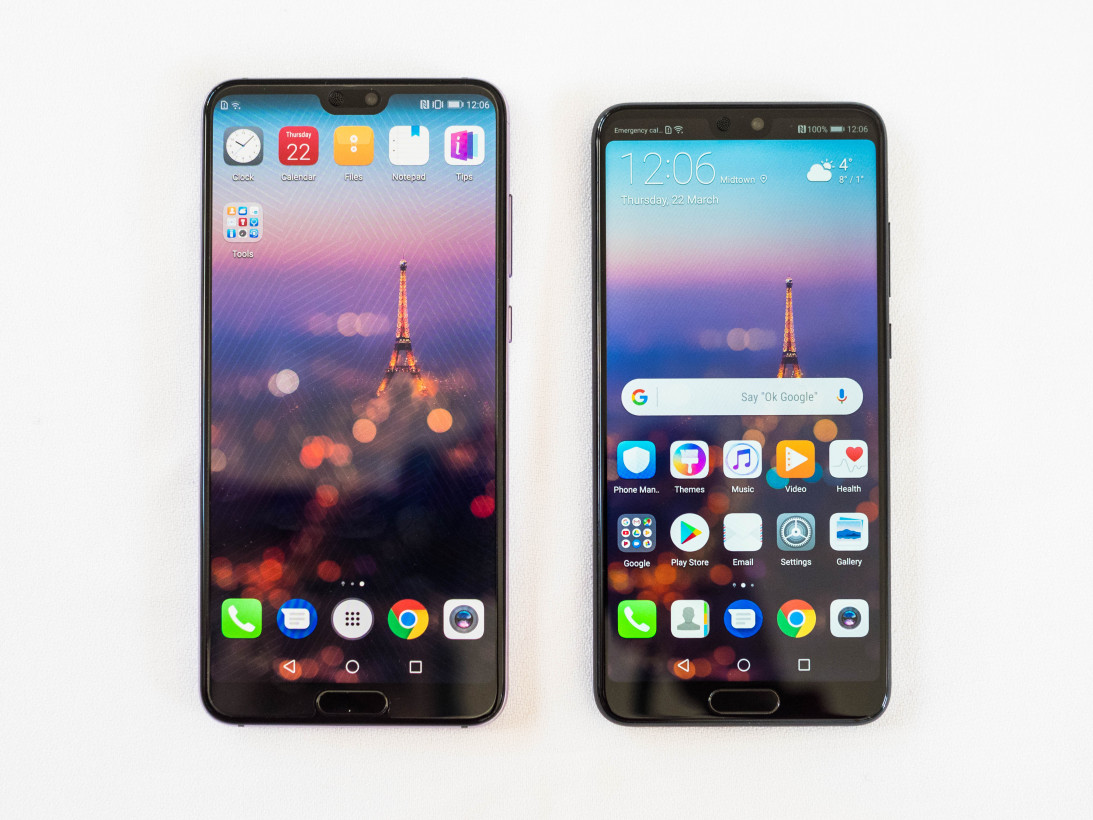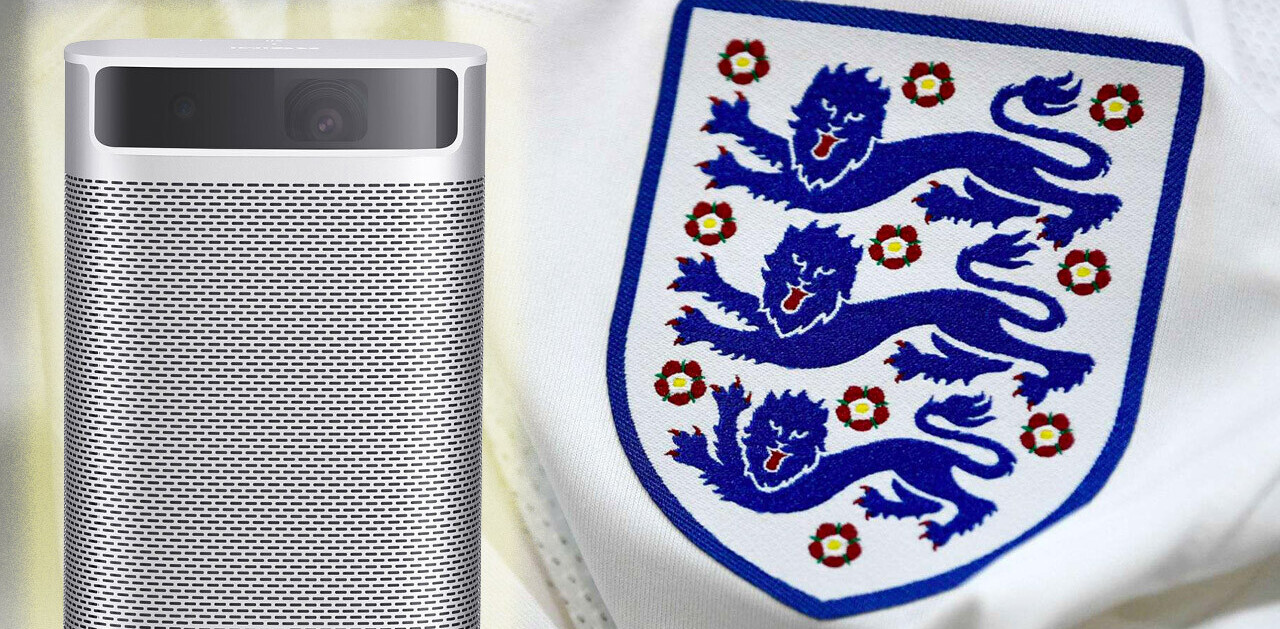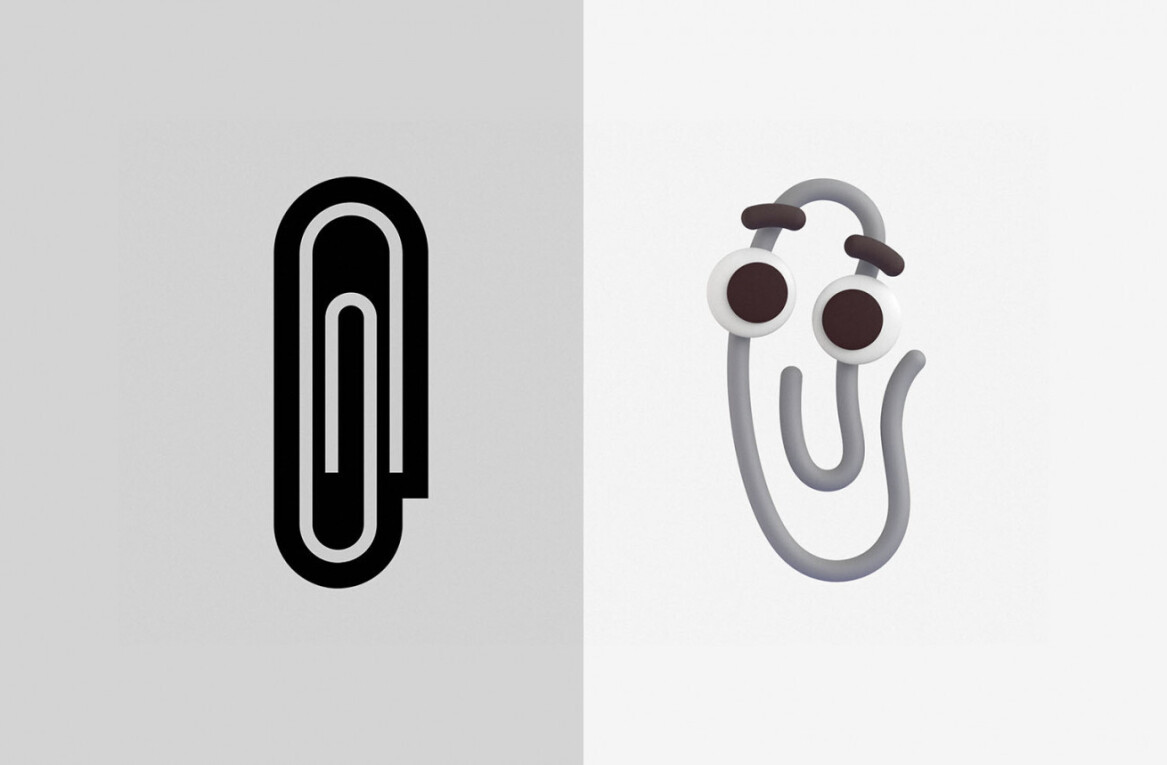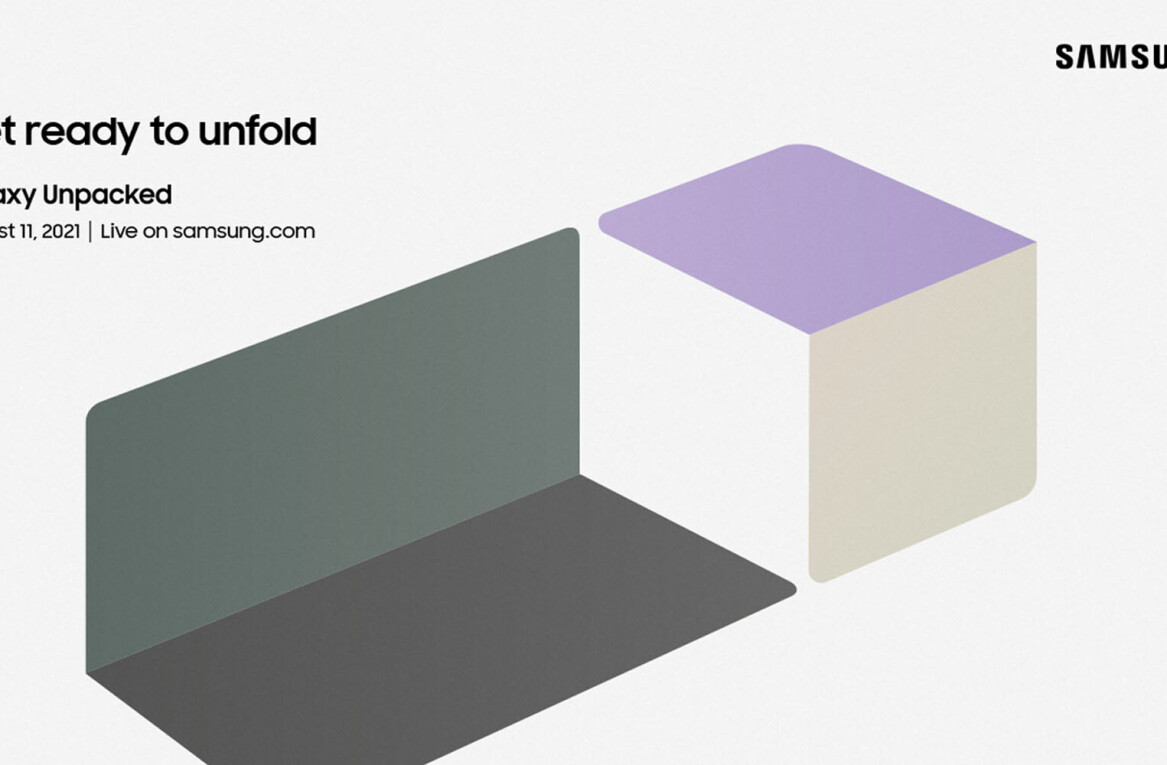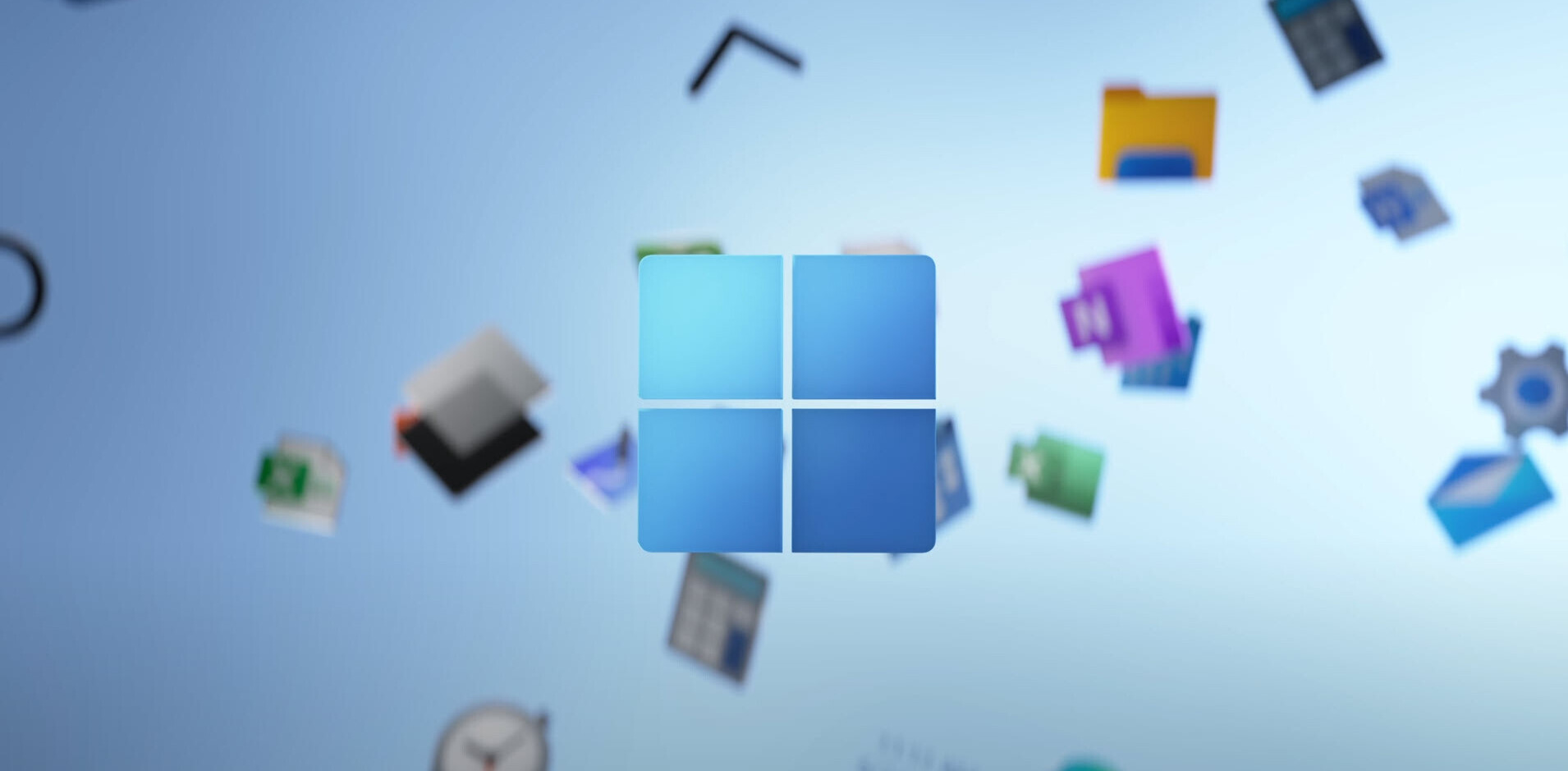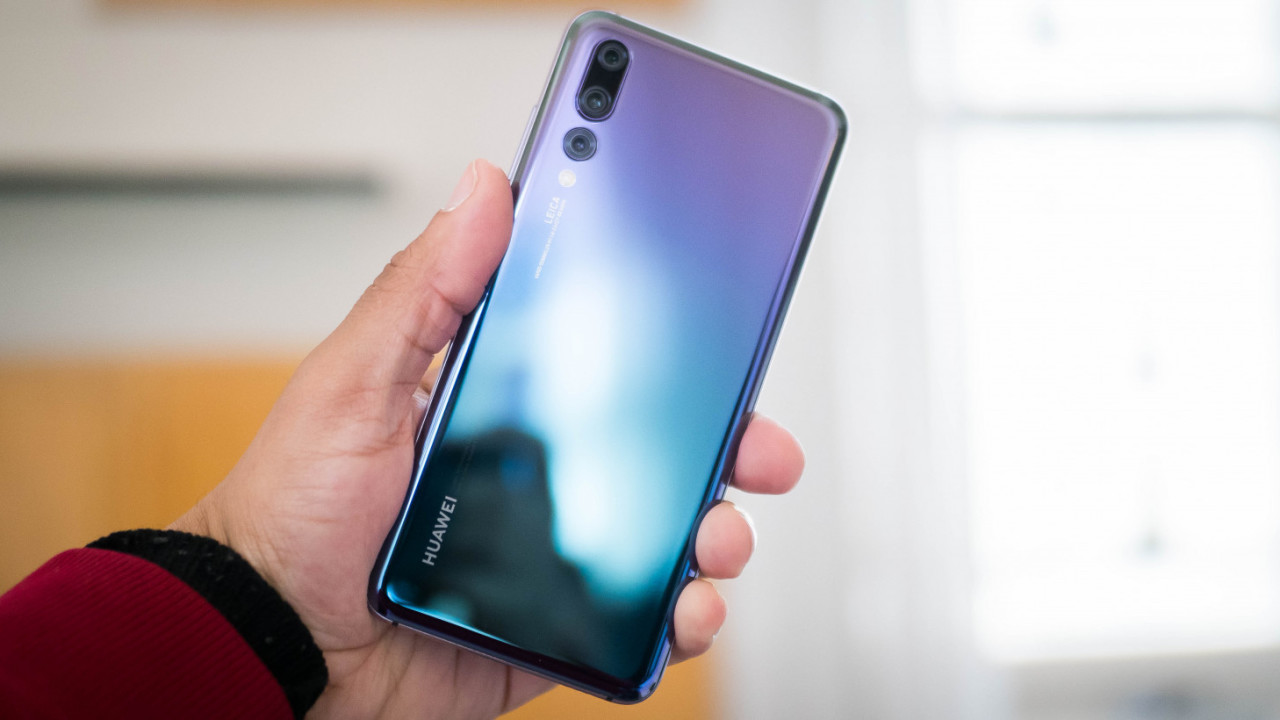
Huawei’s P-series was one of the very first to use two rear cameras to create shallow depth of field effects and increase image quality. Now Huawei is upping the ante even more with three cameras on its newest flagship, the P20 Pro. It will cost €899 and begins shipping globally today. Unfortunately, ‘globally’ doesn’t include the US.
Like previous Huawei cameras, there is a monochrome sensor and an RGB sensor which work in tandem to increase image sharpness and dynamic range. Unlike previous Huawei phones, there’s also a third telephoto lens, giving the phone 3x optical zoom or 5x ‘hybrid’ zoom using data from all three sensors. In my testing it led to impressively sharp images even from a distance.

But while the triple cameras makes for easy marketing, what’ll arguably be more exciting for the photo geeks is the giant sensor on the RGB camera. The P20 uses a 1/1.7-inch sensor, which is significantly larger than the sensor in any mainstream smartphone right now. For comparison, the Galaxy S9 and Pixel 2 use a 1/2.55″ sensor, while the iPhone X uses a 1/3-inch sensor.
Here’s an image from DPreview comparing some common sensor sizes. The P20 has the largest sensor I’ve seen since Nokia’s Lumia 1020 way back in 2013.
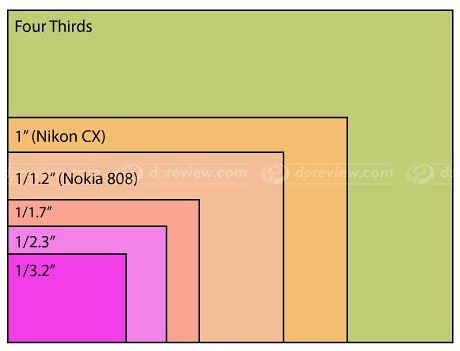
Oh yeah, that sensor is also 40 megapixels. Normally, I’d scoff at such massive resolution on a smartphone sensor, but given its larger size, it’s not that ridiculous. Moreover, Huawei doesn’t even let you use that full resolution; it combines the data from four adjacent pixels to output an extra-sharp 10 megapixel image and increase low light performance.
In fact, Huawei says the camera can shoot at ISO 102,400 and at just 1 lux – both figures normally reserved for DSLRs, not smartphones.
This is as good as time as any to list the rest of the specs:
- 6.1″ OLED ‘Fullview’ display (AKA, with notch)
- 2240 x 1080 resolution
- 92% screen-to-body ratio
- Kirin 970
- 6GB of RAM
- 128 GB storage
- 4,000 mAh Storage
- USB-C (USB 3.1 Gen1)
- Rear RGB camera: 40 MP F1.8
- Monochrome camera: 20MP F1.6
- Telephoto camera: 8MP F2.4 (with OIS)
- New color temperature sensor
- 960fps slow-mo
- Android Oreo
- No headphone jack
- But there’s an IR blaster!
- €899
It’s 2018, so AI is just as important a part of the camera experience as the hardware. On this front, Huawei says it doesn’t need optical image stabilization on its main sensors anymore because its new AI stabilization (AIS) is so good. So good, in fact, that Huawei says you can take long exposures up to four seconds handheld – something you normally wouldn’t dare to do without a tripod.
It also improves on the Mate 10 Pro’s ability to recognize a scene and adjust setting; the P20 can switch to portrait mode automatically when it detects a face or turn on the horizontal level when it detects a landscape shot.
I haven’t talked about the rest of the phone yet because it’s more predictable – or you probably already read it in one of the countless leaks. There’s a notch on the display, like I’m guessing will be in every other flagship announced this year. There’s no headphone jack. It’s made of glass and metal and build quality feels excellent.
Also, it comes in this amazing gradient finish that I now want on every phone. Kudos to Huawei for actually making glass backs interesting again.
There’s also the non-Pro P20, which seems solid in its own right, but it’s decidedly less exciting. It will cost €649, comes with 4GB of RAM and 128GB of storage, uses a a 5.8-inch screen, and ‘only’ has two rear cameras. Moreover, the RGB camera is a more run-of-the-mill 12MP sensor. Given the 1.55 μm pixel-size, I’m guessing it’s a 1/2.55″ sensor, but I couldn’t get a confirmation from Huawei in time.
That’s not to hate on the standard P20 though. If the camera is as good as the one on the Mate 10 Pro, then Huawei’s doing pretty well – the Mate 10 was second only to the Pixel 2, in my experience.
But the Pro version has some of the most interesting hardware and software I’ve seen in quite some time for a smartphone. I’ll have to spend more time with the device to see how it holds up to the Pixel 2 and Galaxy S9, but my brief time with the camera and an impressive spec sheet bodes well. It’s just a shame the device won’t be coming stateside anytime soon.
Get the TNW newsletter
Get the most important tech news in your inbox each week.
